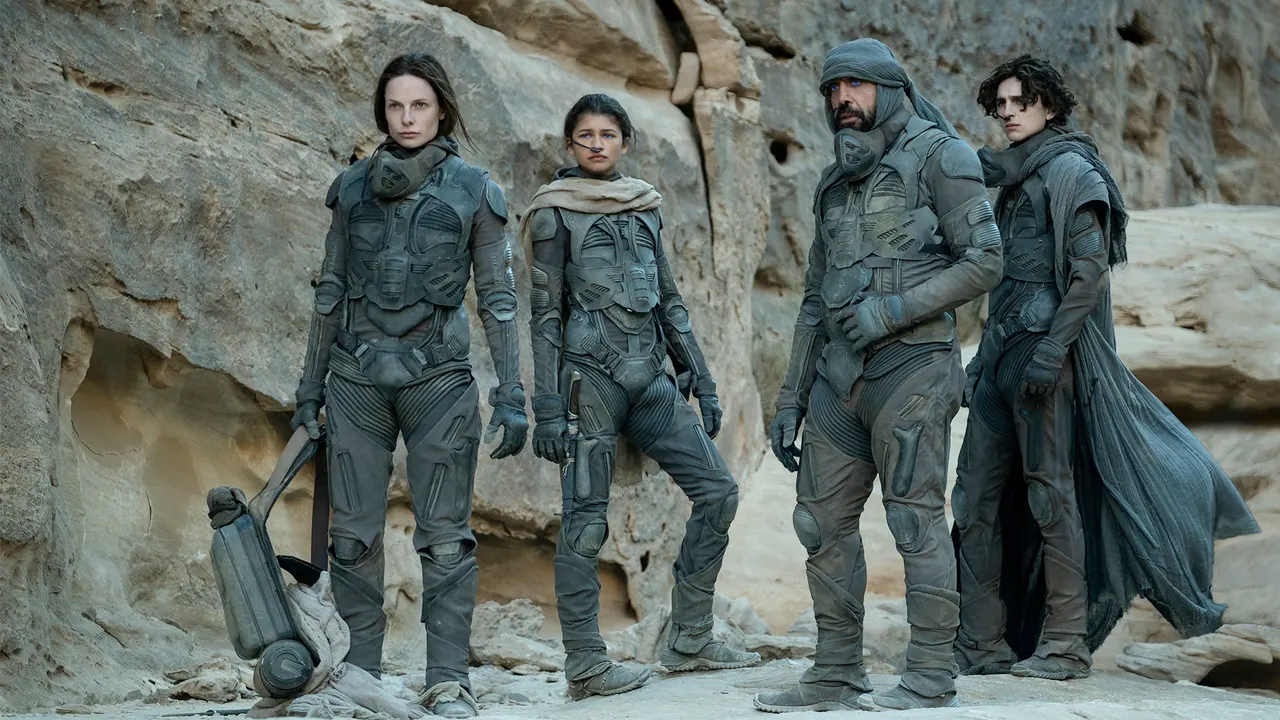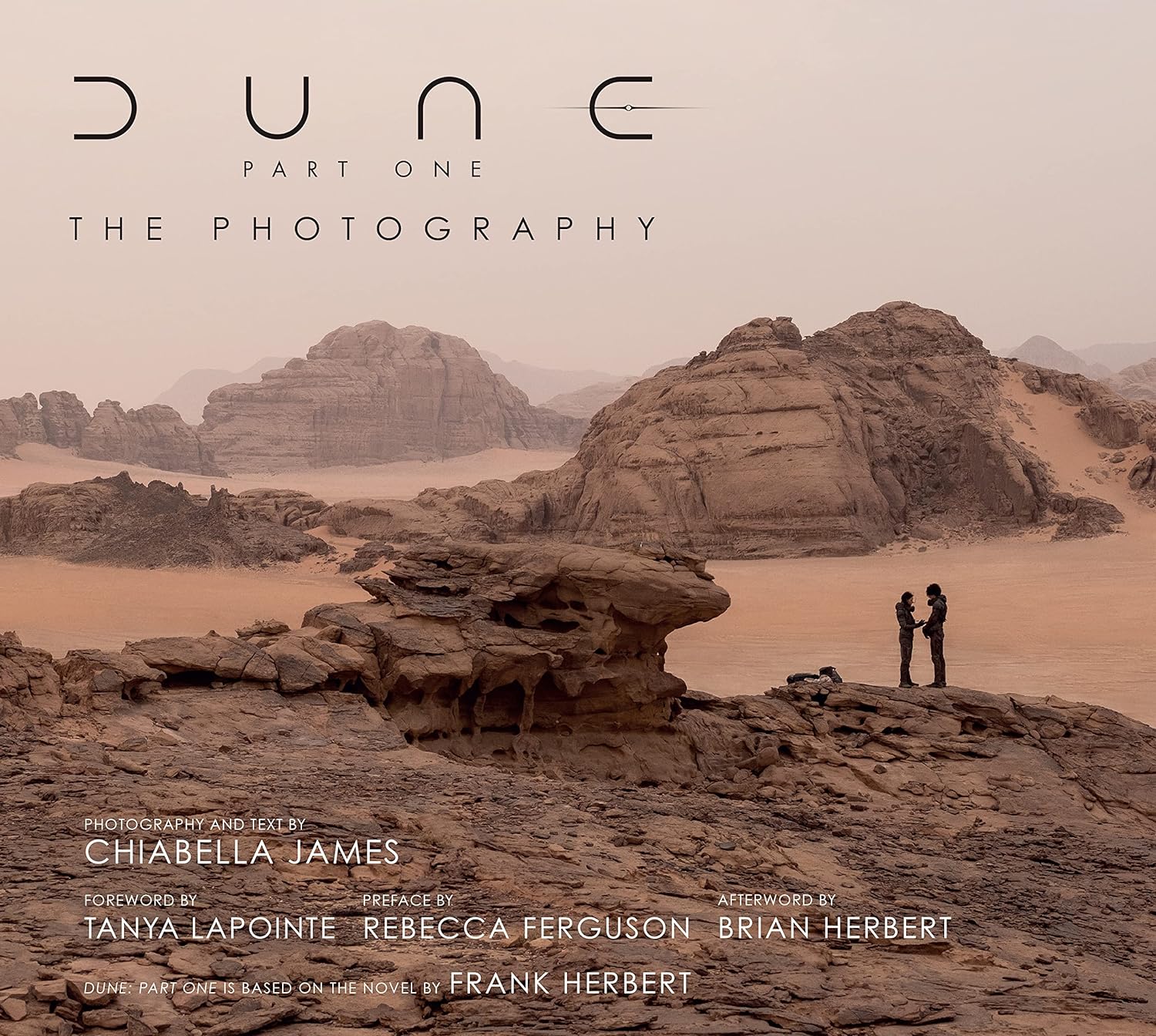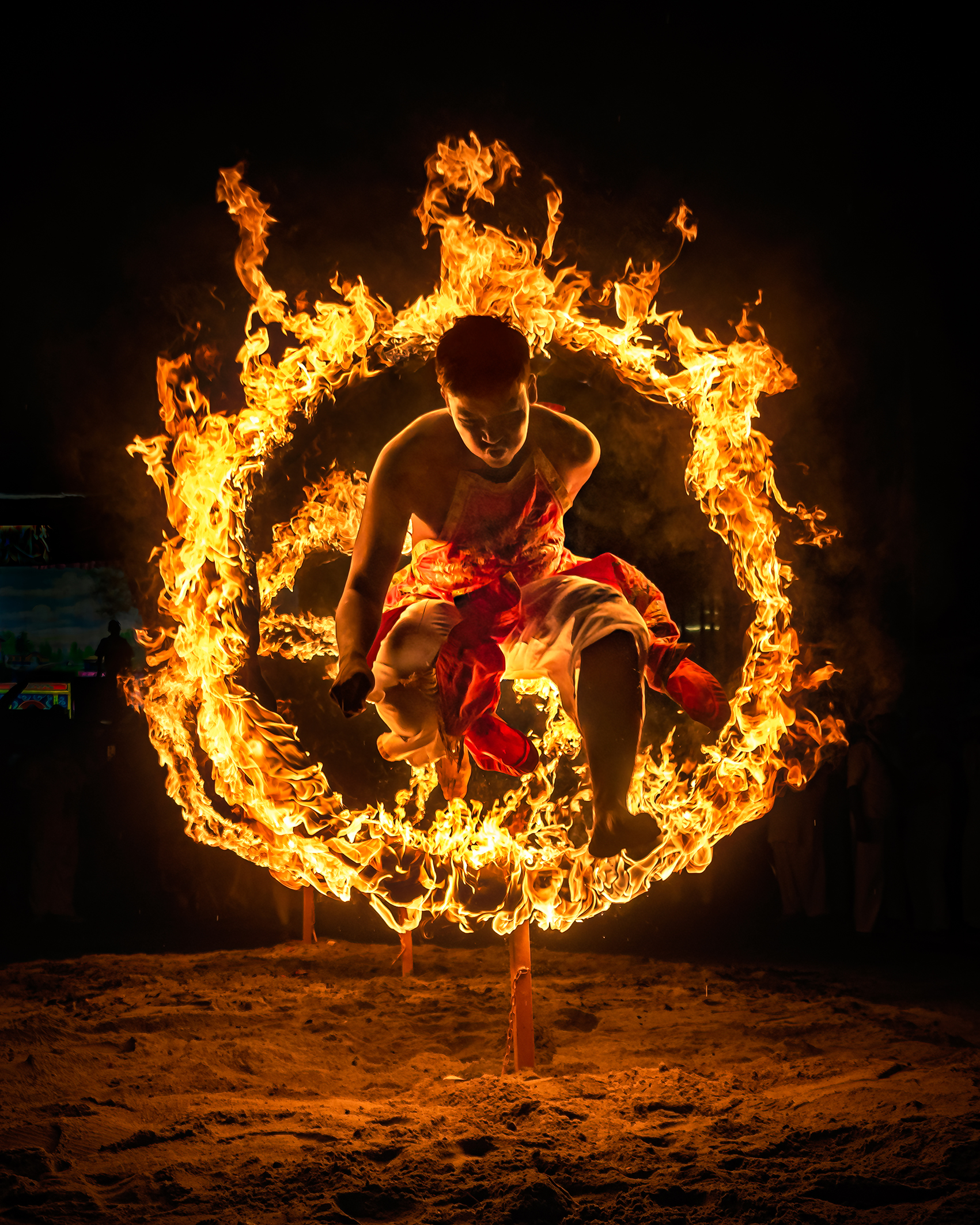Another win for APS-C! Photos for Dune movie were shot on Fujifilm cameras
Dune's incredible photography, showcased in a recent photo book, reveals the use of Fujifilm X Series cameras

APS-C once again proves to be the sensor choice for the Hollywood film sets, this time with the science fiction blockbuster Dune.
The Denis Villeneuve-directed space epic was one of the most anticipated movies of the decade, and the imagery from the movie has been widely praised. Its distinct look of a far-off desert planet is made more believable by its videography, but also its stills – a large part of which was captured by a Fujifilm X Series camera.
• Take a look at the best Fujifilm cameras, including the mighty X Series
The assumption when it comes to big movie productions is that they use the biggest and best gear possible. I mean, not an invalid assumption – they usually have the budget – but at least three of the biggest blockbusters of recent years have used an APS-C camera to capture the unit stills photography.
Last month we wrote about how Oppenheimer used a crop sensor camera for photography, and before that it was The Joker, and thanks to a story by Fuji Rumors we now have another headline example.
The unit photographer for Dune was Chiabella James, and in an interview with B&H it was revealed that they used a Fujifilm X Series camera to shoot the majority of the set photography. The reason for this is that they tend to be quicker in comparison to the bigger GFX medium format camera system from Fujifilm, although the GFX cameras were good for more static hero shots.
There is plenty of action on a movie set, and the need to be able to capture that action requires a quicker sensor. But the main reason James chooses the X Series is due to the almost completely silent shutter.
The best camera deals, reviews, product advice, and unmissable photography news, direct to your inbox!
When the camera is rolling silence is golden; any shutter noise could interfere with production and ruin a scene. For decades, a piece of equipment called a blimp was used to quieten the sound of noisy DSLRs.
This was effectively a soundproof case in which to put your camera to reduce the noise of the shutter and clunk of the mirror. With advancements in the best mirrorless cameras, these blimps are increasingly a thing of the past – with unit stills photographers opting for silent shutters found on mirrorless cameras.
I love stories like this. Examples of astonishing work that is shown on huge billboards all over the world, shot with more affordable equipment. It just goes to show that more important than overall specs is whether the camera works for your intended purpose. In this example, the X Series was smaller and more versatile to capture the action on set, even though the GFX system can take more detailed images.
It will be interesting with the release of the Fujifilm GFX 100 II and its faster sensor and processing power. If it allows the capture of high-speed action and incredible static shots, it may just become the go-to for set photographers.
You can see the fantastic imagery of Dune in the book Dune: Part One: The Photography. You can stream Dune now on Max and Amazon Prime in the US, and on Amazon Prime in the UK.
If you're cinematography-minded, you might be interested in the best cameras for filmmaking, the best cinema cameras and the best cameras for video.

Kalum is a photographer, filmmaker, creative director, and writer with over 10 years of experience in visual storytelling. With a strong focus on photography books, curation, and photo editing, he blends a deep understanding of both contemporary and historical works.
Alongside his creative projects, Kalum writes about photography and filmmaking, interviewing industry professionals, showcasing emerging talent, and offering in-depth analyses of the art form. His work highlights the power of visual storytelling, fostering an appreciation for the impact of photography.


